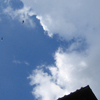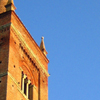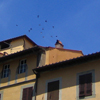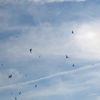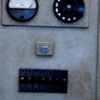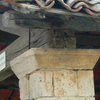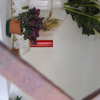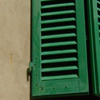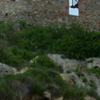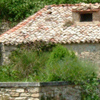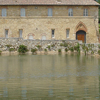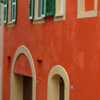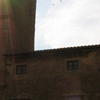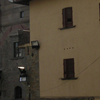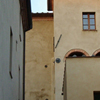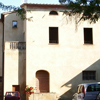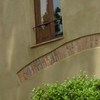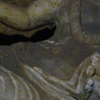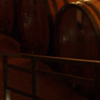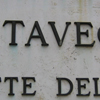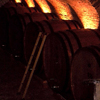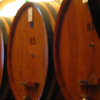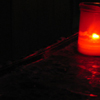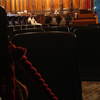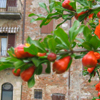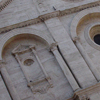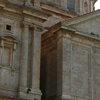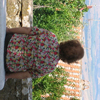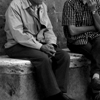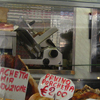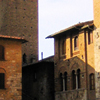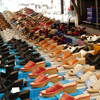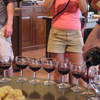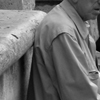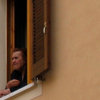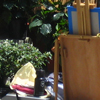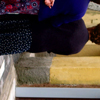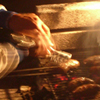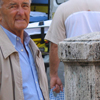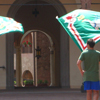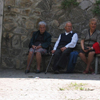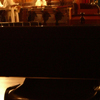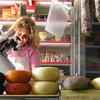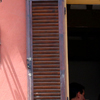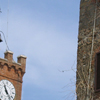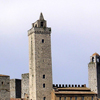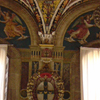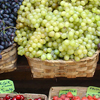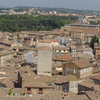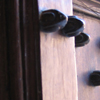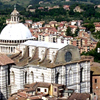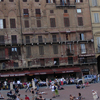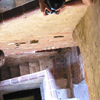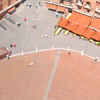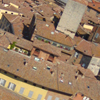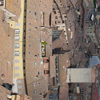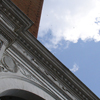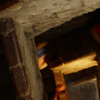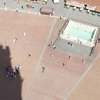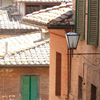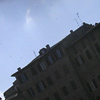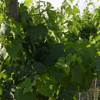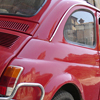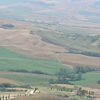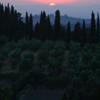

Leaving Roma, we drove through Northern Lazio & southern Tuscany to our
second base at the Borgo Dolciono agriturismo, outside of the historic center of
Chiusi. Each year we stay at the converted share cropping farm complex run by our
good friend Marino and operated by Giovanni Luigetti of Firenze. The area was once the site of
Etruscan dwelling as testified by the numerous remains of settlements in the nearby area, which
we visit, including the renowned Museo Nazionale Etrusco in Chiusi and the nearby Tombe della
Scimma. This was a place to relax after two intense weeks of walking tours in Roma. It became our
base from which, over the next seven days, we visited several Tuscan hill
towns to study their piazzas, apply and extend the form analysis matrix methodology from
the course text, Learning from Las Vegas by Robert Venturi, and to apply the architectural
design knowledge from the book Dynamics of Delight by Peter F. Smith. Each day we spent either
one day at one hill town or spent the day in several hill towns. We drove the beautiful rolling
hills of Tuscany by bussini to: Chuisi, Siena, Monte Oliveto Maggiore, Pienza, Bagno Vignono,
Montalcino, Cortona, and Montepulciano. Besides studying the form of the architectural delights
of the towns, we learned about Italian culture through their every
day activities such as: wine making, passeggiata, Gregorian
Chants, daily markets, Italian pottery, and afternoon siestas. Before we left Dolciano,
in teams of 3, we took our studies of the hill towns and presented it to each other to share
the knowledge of how form analysis may be used in a powerful way to identify daily patterns that
led to our deeper understanding of the rhythms of Italian life and the embeddedness of time and
quality. We spent seven days in the Italian country at Dolciano, learning to slow down and look
closer and then it was time to move onto Firenze to take the study of urban patterns to the next
level, in the greatest of the Tuscan civic-scapes.

